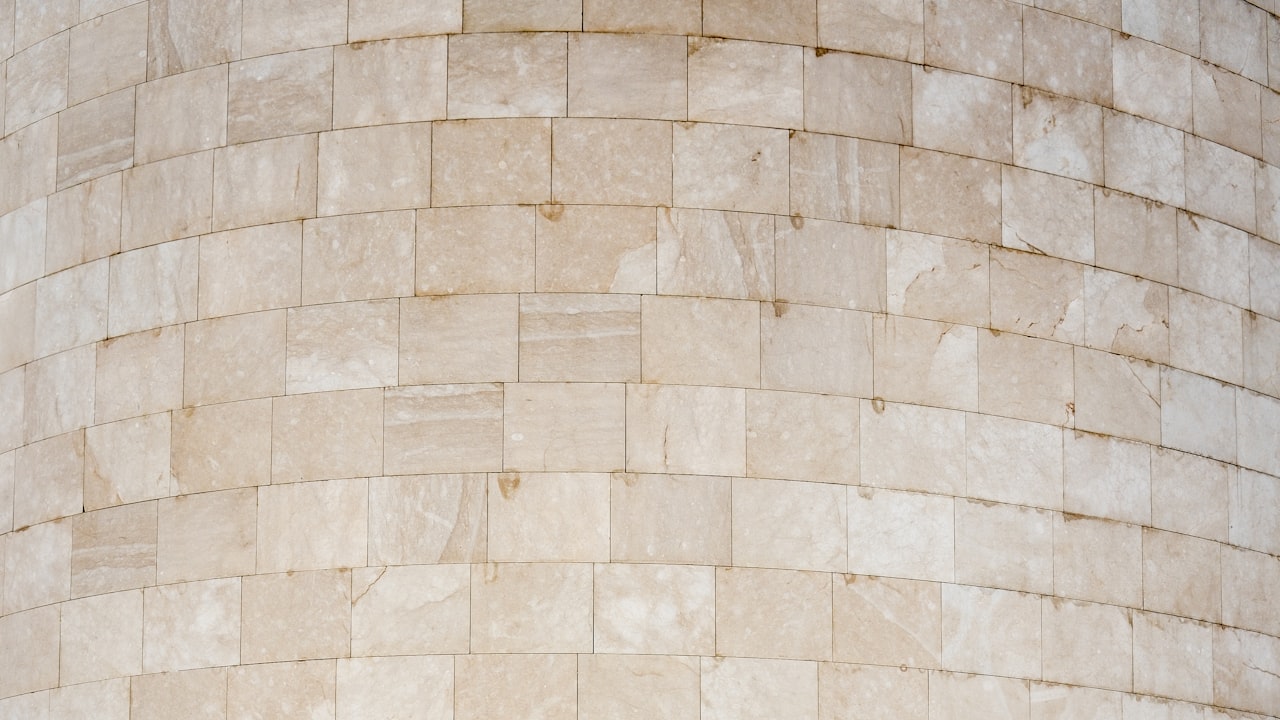The construction world has dramatically progressed over the years. However, stone is one of the oldest materials used. Ancient architects used to polish the stone manually to create an expensive-looking material. However, nowadays, machines perform this task.
As the name explains, a stone polishing machine uses various mechanisms to rub the stone to give it a luxurious look. Stone polishing machines made a commercial appearance in 1921 and have progressed since then.
Present-day gadgets can polish numerous stones like granite, natural stone, onyx, etc. Where are stone polishing machines used? What types are available? Do they make a good pick for a home toolkit? Let’s read all about stone polishing machines!
Types Of Stone Polishing Machines
Stones differ in their structural composition. Hence, the machine should apply the optimal force to polish the stone without damaging it. Commonly the stone polishing machines fall into three categories.
ABN Rock Polishing Kit
An ABN rock polishing kit polishes stones and metals in contrast to its name. These are best-class stone polishing machines that are super-easy to operate. An ABN machine is straightforward compared to other devices, so medium-tier businesses commonly purchase it with varying workloads.
Tru-Square Stone Polisher
Unlike the ABN machines, a Tru-square cannot polish metals. It is best for reviving the dull old stones installed in old buildings and schools. A tru-square machine can polish a variety of rocks. However, it is best to check the instruction manual for compatible materials.
Legal Rotary Rock Tumbler
Diggers and hobbyists mainly prefer a legal rotary tumbler to smooth precious stones. However, it is also fit for polishing solid rocks because of its tumbling smoothening mechanism.
Can You Buy a Stone Polishing Machine for Home Use?
Large stone polishing machines are considerably expensive and are typical for home purchases. However, if you have a jewelry or a stone-related business, you can invest in one.
Handheld stone polishing machines are also available, so you can purchase one if you like polishing beach pebbles in your free time.
Applications Of Stone Polishing Machines
The word ‘stone’ is endless. You can talk about gemstones, natural stones for construction, or even rocks. Therefore, it is essential to jot down the ideal places where stone polishing machines find their applications.
Construction
Stone polishing and smoothening in construction projects is one of the most familiar illustrations. Almost everyone has seen floor and wall decorative stones and pathway stones being polished. The machines used in construction and commercial projects are significantly powerful and require operational expertise.
Mineral Extractions
Mining minerals is a complicated task; however, a stone goes through several other phases after its extraction. Stone polishing machines are present at ore and mineral extraction sites, as the stones are processed before getting transferred to the market.
Large Scale Jewelry Businesses
Jewelry businesses also use stone polishing machines to smooth the stones before infusing them into pieces. Some companies also sell raw stones as there is a potential stone-collecting demand. Stone polishing machines are used to bring out the aesthetic appeal of the stones.
How Does a Stone Polishing Machine Works?
The working mechanisms of the stone polishing machine are according to their sizes. Commercial-level stone polishing machines use chemicals to polish the stones. In comparison, smaller or push-along use wired brushes to smoothen the rock’s surface.
The Bottom Line
Stone polishing machines are gadgets of commercial workings. However, observing the users’ interests, manufacturers have also launched handheld models. Handheld polishing machines are more manageable and readily used in home projects and smaller construction applications.
However, mineral sites also use stone polishing machines before marketing the stones into the market. Polishing stones makes them resistant to water absorption and enhance the stone’s overall appearance. Moreover, it also fills the cracks and scratches on the stone surface so it can last long.
